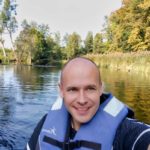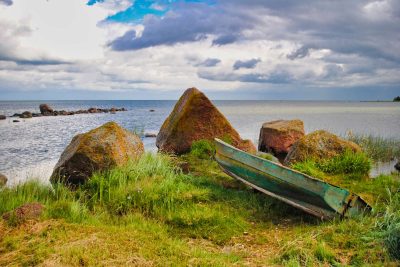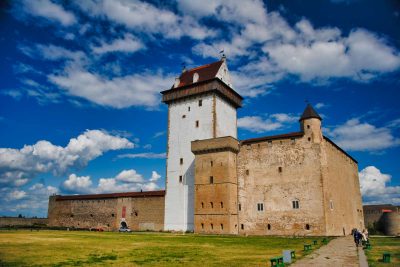Central Estonia is clearly overshadowed by the capital Tallinn or larger places like Tartu, Narva or Pärnu and the islands. The heart of Estonia around the counties of Järvamaa and Jõgevamaa is therefore still uncharted territory for many tourists. This has its advantages, because you can enjoy the nature with its moors and karst areas in peace and quiet. In the small towns of Paide and Põltsamaa you can also marvel at old castle ruins. We think that a trip to Estonia should also include a visit to the heart of the country. Here, Estonia presents itself unvarnished and less touristy than elsewhere. So there are plenty of reasons to come here.
Where does the Estonia trip through Central Estonia lead?
Estonia is a relatively small country, somewhat smaller than West Virginia. It is surrounded by the Baltic Sea on its northern and western sides, Latvia to the south and Russia to the east. Between these natural and man-made borders lie the counties of Järva and Jõgeva. Together, only about 100,000 people live here. The landscape here is rather flat and is characterised by its forests, moors, swamps and small villages. Here you can find out which are the most beautiful sights in the middle of the country and why it is worth stopping here on your way through.
Paide
Paide in Järva County has chosen the motto “Eestimaa süda”, which means “Heart of Estonia” in English. So what better place to start our journey through central Estonia?
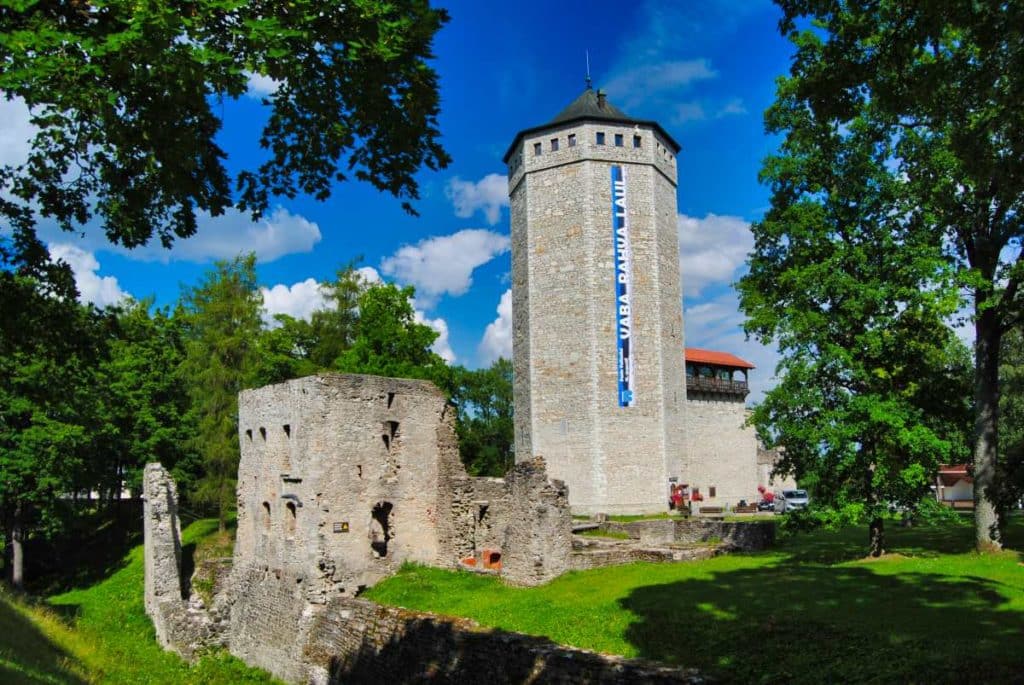
The Tall Hermann
Paide is best known for its castle. It was built in the 13th century by the Teutonic Order (read more about the Teutonic Order here). Just like the region, the town became a plaything of several conflicting powers, which also left its mark on the castle. It was destroyed in the Livonian War, but the castle tower, the Tall Hermann, has withstood the test of time. Inside, you can visit an exhibition on the history of Estonia and enjoy a great view of the small town from the top.
In the centre of Paide
But there is more to see in Paide. Although only around 8,000 people live here today, there are several sights around the central square Keskväljak, such as a Protestant church and the historic town hall with Art Nouveau elements. You can also admire some wooden houses here.
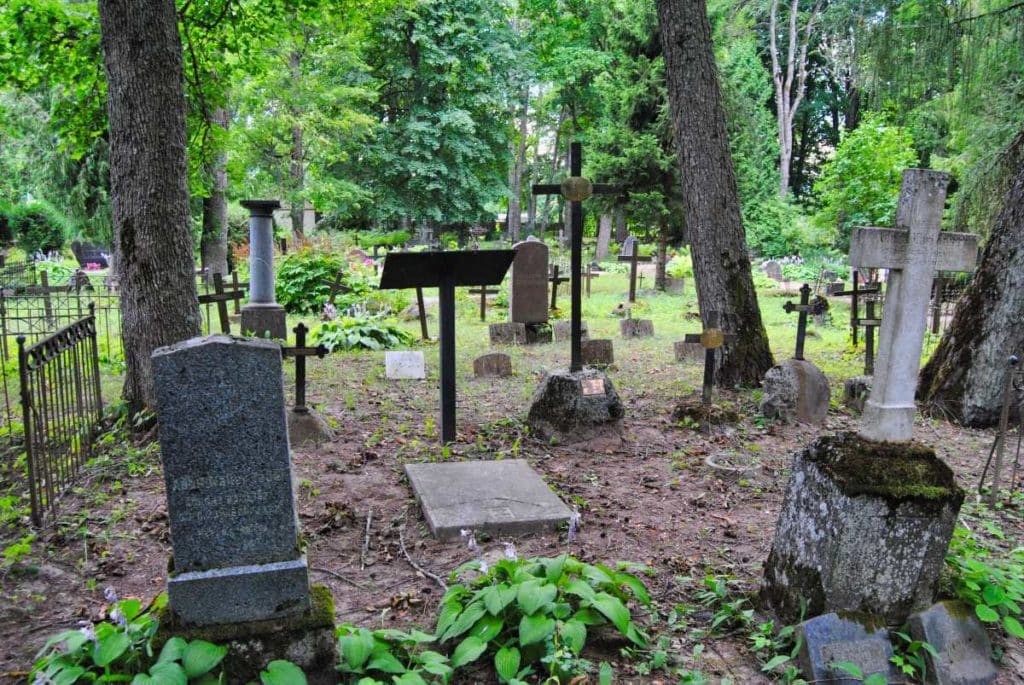
At the Reopalu cemetery
Although Paide cemetery measures only about 250 x 100 metres, several important personalities have been buried here over the years. One of them is Carl Hermann Hesse, who worked here as a district doctor and was the grandfather of the famous German writer Hermann Hesse. August Wilhelm Hupel also found his final resting place here. He worked here as a minister and was one of the most important representatives of the Enlightenment in the Baltic States. He also published the first Estonian-language magazine.
Endla nature reserve
Around 25 kilometres east of Paide, the huge Endla nature reserve begins. It not only stretches across Järva and Jõgeva counties, but also lies in parts in Viru county. It includes a total of eight bogs and marshlands with several rivers and lakes, including one that gave the nature reserve its name. This unique natural landscape is home to dozens of animal and plant species. Parts of the bogs are very well developed thanks to wooden paths, so you can now walk through the landscape at any time of the year. In Männikjärve Bog, you also have a great view of the scenery from a lookout tower.
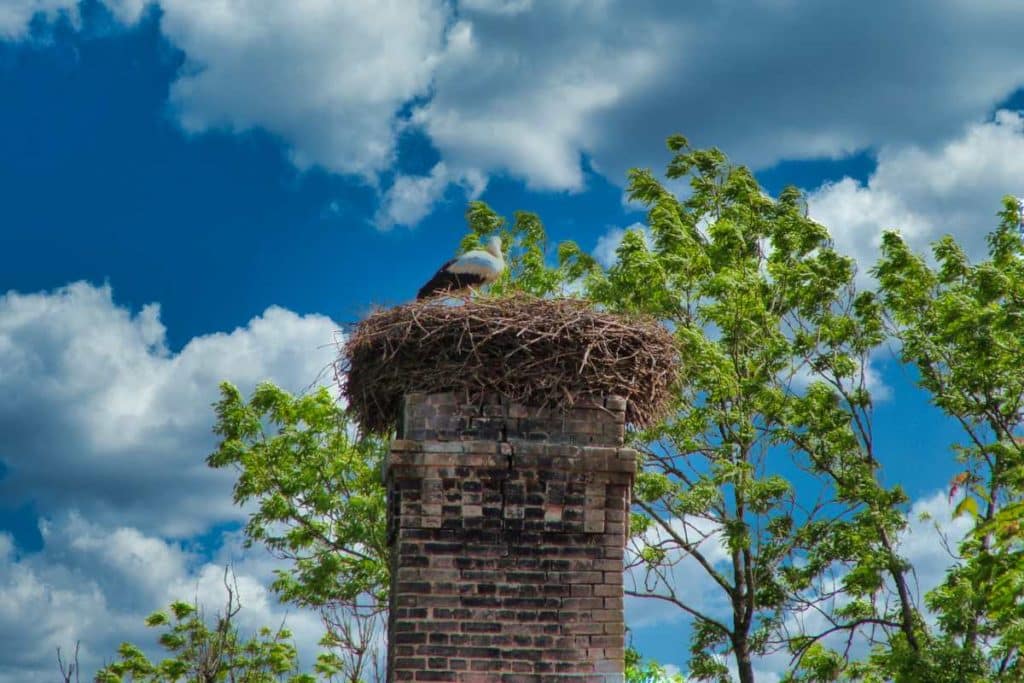
Türi
South of Paide lies the small town of Türi, also known as Estonia’s spring capital. And indeed, spring is the perfect time of year to visit Türi on a Estonia trip. Every corner of the town is in bloom, and the streets, parks and public gardens look particularly beautiful. Türi also hosts a large flower market that attracts onlookers from all over the region. The area around Türi is also home to a number of old manor houses that are worth seeing, such as Särevere Manor and Laupa Manor, which provide an insight into the life of German-Baltic noble families in the period before the First World War.
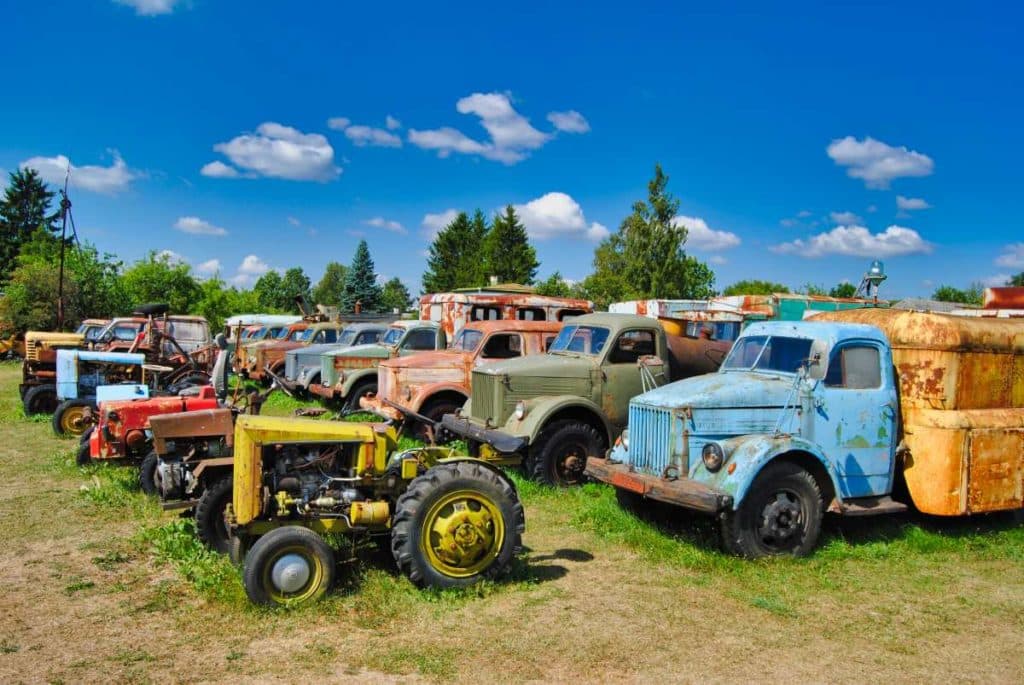
Järva-Jaani
Järva-Jaani has just under 1000 inhabitants. The old German name of the village, Sankt Johannis, is derived from the medieval fortified church of the village, which is dedicated to John the Baptist. It has been rebuilt several times over the years, and the baroque pulpit inside the church is particularly beautiful. Järva-Jaani also has a second attraction in the form of the quirky Technical Museum. Here you can see old fire engines, a Volga monster truck and many other Soviet vehicles.
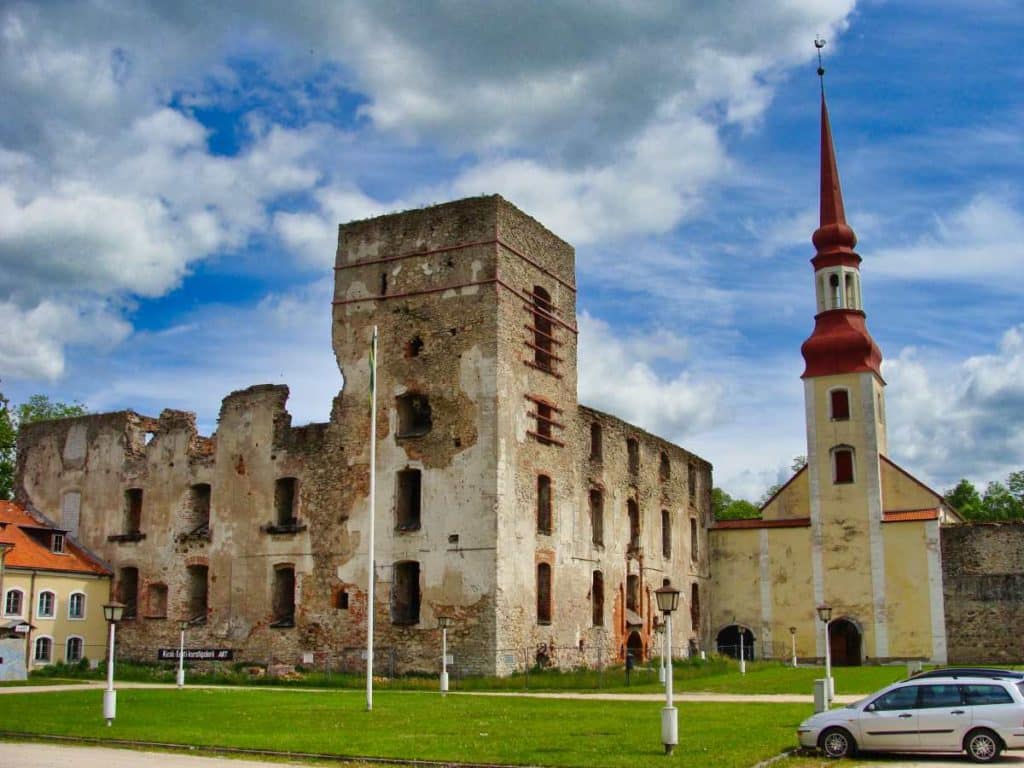
Põltsamaa
We continued our journey south and left Järva County. In Jõgeva County, in the far west, lies the village of Põltsamaa. Although it was beaten by Jõgeva in the race for the administrative seat, the village is much more beautiful than the county capital.
A castle and a palace – or what is left of it
Põltsamaa is famous for the ruins of the castle of the same name, the only royal castle in Estonia. It was built as early as the 13th century, but it was only from 1570 to 1578 that a king resided here, appointed by Tsar Ivan the Terrible. When King Magnus allied himself with Poland, the short-lived kingdom was dissolved again. The castle subsequently lost importance and eventually burned down. A rococo castle was later built on the ruins. Unfortunately, this was also destroyed, but today you can still admire the ruins of two stately residences and a church with a revolving altarpiece, picturesquely situated on a river.
17 bridges to cross
Ihr habt richtig gelesen: Es gibt in dem kleinen Ort gleich 17 Brücken. Das ist aber nicht die einzige Kuriosität in Põltsamaa. Die Stadt gilt nämlich auch als Weinhauptstadt Estlands. Nun mögen Kritiker anmerken, dass es in Estland viel zu kalt für guten Wein ist. Das stimmt allerdings nur dann, wenn man von Wein aus Trauben ausgeht. Der estnische Beerenwein ist hingegen ausgezeichnet und ihr könnt euch im Weinkeller auf dem Gelände der alten Burg in historischen Gemäuern von seiner Qualität überzeugen.
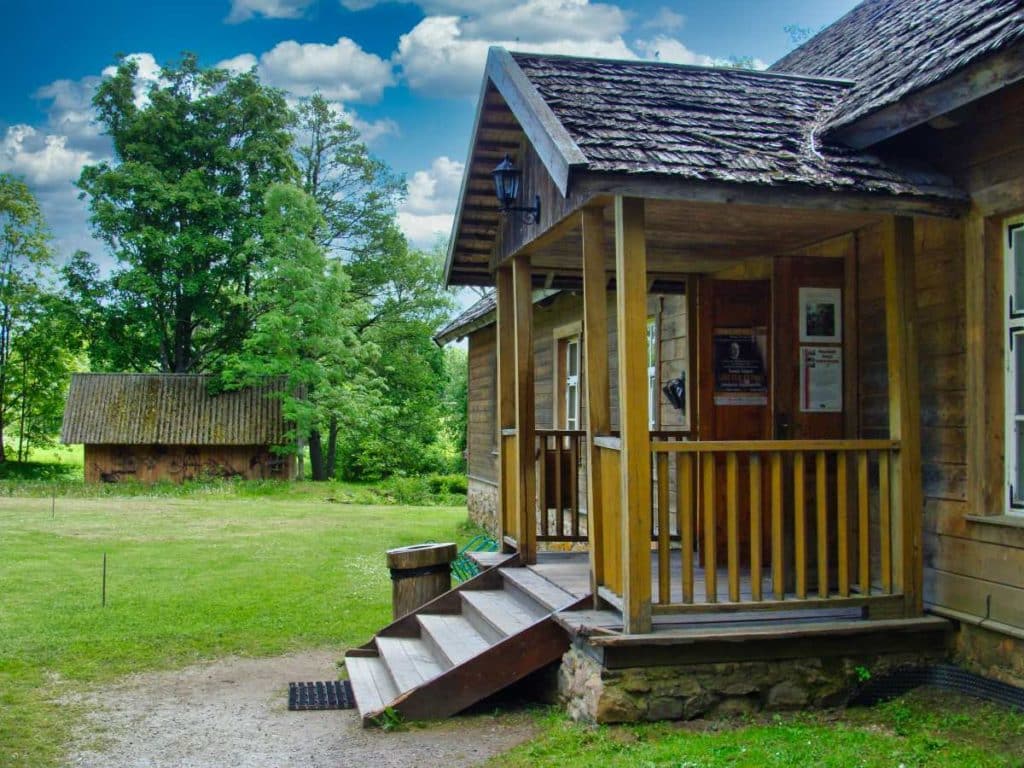
Palamuse
Palamuse lies to the east of Jõgeva, the town that gives the district its name. The somewhat sleepy-looking small town has around 2500 souls. Yet there is a lot to discover here. An old water mill from the 19th century, for example. Or a medieval church that has been rebuilt several times over the years. Next to it is a small cemetery whose oldest graves date back to the 15th century.
The most popular film among Estonians
Most Estonians come to Palamuse for a different reason: the film “Kevade” was shot here in 1970. It is considered the most popular film in the country and tells the story of some schoolboys. It was filmed in a school near the church, which was also attended by Oskar Luts. He wrote the story on which the film is based. A small museum has been set up here in his honour. Palamuse is also an ideal starting point for exploring Vooremaa.
Vooremaa
During the last Ice Age, a peculiar landscape was formed in the middle of Estonia, characterised by its elongated hills running from north-east to south-west. These hills are called drumlins. Between the hills lie several idyllic lakes, which today serve as popular bathing areas. Part of this landscape has been declared a nature reserve by the government. Lake Raugastvere is particularly beautiful, and there is also a lookout tower there. In addition to the lookout tower, there are also lonely old manor houses, an arboretum park, a wildlife park, which is already in Tartu County, and an ice age museum to discover. Enough reasons to visit this unique natural landscape during your Estonia trip.
Lake Peipus
You’ve never heard of Lake Peipus? At 3550 km², it is the third largest lake in the EU and only slightly smaller than the Lake of the Woods! It actually consists of three lakes, a large lake in the north, a very small body of water in the middle and a medium-sized lake in the south. The EU’s external border runs through the middle of these waters, with Russia on the other side.
Lake Peipus is of particular importance for Russian history, because it was here that the Russian Prince Alexander Nevsky defeated an allied German army in 1242, thus putting an end to the eastern expansion of the Teutonic Order. Today, however, things are quite peaceful here and Lake Peipus is a paradise for swimming and fishing.
Book recommendations
No products found.
No products found.
No products found.
We hope you enjoyed our trip to the heart of Estonia. What is your favourite place for a Estonia trip? Let us know and leave a comment!

